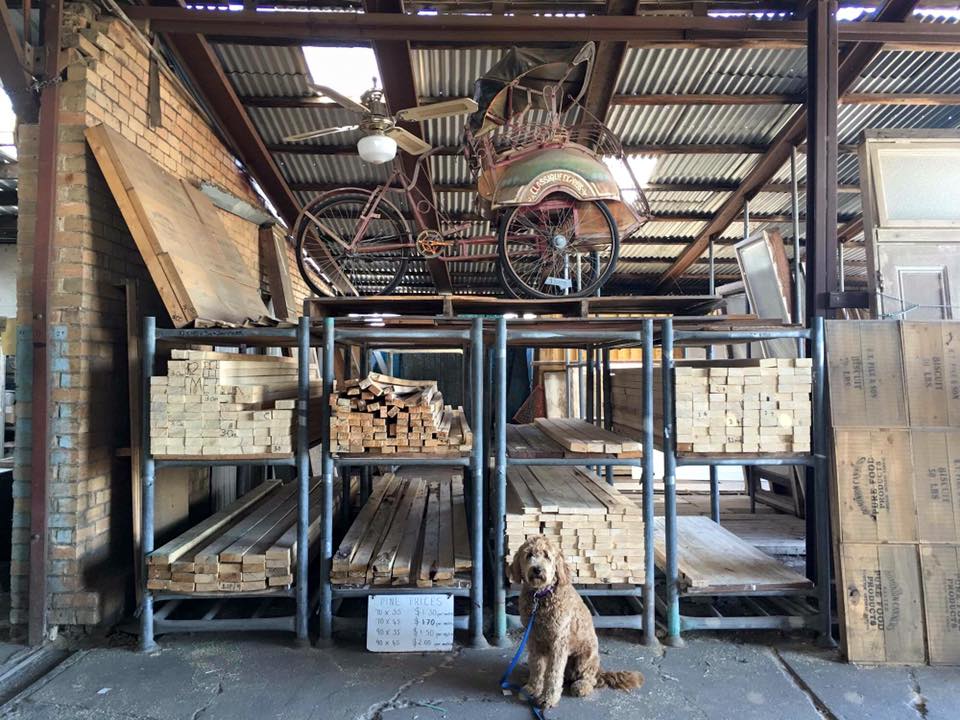
Why Timber is the Best Choice for Sustainable Building Materials
Timber is a renewable, versatile, and environmentally friendly material, making it a top choice for sustainable construction. Unlike steel or concrete, timber requires less energy to produce, has a smaller carbon footprint, and contributes to carbon sequestration by storing carbon throughout its lifecycle. Using timber promotes the preservation of forests when sourced responsibly, providing an eco-conscious alternative for modern builders.
How Does Timber Compare to Other Building Materials?
Timber stands out against conventional building materials like steel, brick, and concrete in multiple ways:
- Environmental Impact
While steel and concrete emit significant carbon during production, timber absorbs carbon, reducing overall greenhouse gases.
- Cost Efficiency
Timber is often more affordable and quicker to install than heavier alternatives like brick or concrete.
- Versatility
Timber’s adaptability makes it ideal for structural frameworks, cladding, or decorative finishes.
By choosing timber, you contribute to a sustainable future while reducing construction costs. Learn more about sustainable timber options at Secondhand Stuff.
Ideal Types of Timber for Building Projects
Several types of timber cater to various construction needs:
- Hardwood
Durable and strong, hardwood like oak or mahogany is perfect for flooring and furniture.
- Softwood
Lighter and more affordable, softwood like pine is commonly used for framing and panelling.
- Engineered Wood
Products like plywood or MDF offer stability and versatility for structural or decorative applications.
When selecting timber, consider the specific demands of your project, whether it’s for a durable frame, flooring, or exterior elements. Check out our timber collection for options.
How is Timber Used in Eco-Friendly Construction?
Timber plays a crucial role in sustainable building practices, offering several benefits:
- Energy Efficiency
Timber framing naturally insulates buildings, reducing energy use.
- Carbon Sequestration
As a carbon sink, timber absorbs and stores carbon, lowering emissions.
- Green Certifications
Projects using timber can qualify for eco-certifications like LEED, showcasing environmental responsibility.
Whether used in structural framing or as decorative elements, timber supports eco-friendly construction initiatives. Consider using recycled timber for an even greener choice.
Long-Term Benefits of Timber in Construction
Timber offers numerous long-term benefits for construction projects:
- Durability
Properly treated timber is resilient and long-lasting, ideal for structural applications.
- Flexibility
Timber can adapt to renovations and expansions, allowing for easy modification.
- Aesthetic Appeal
Its natural beauty and warmth make timber a popular choice for visible elements in homes and offices.
- Insulating Properties
Timber enhances energy efficiency by providing excellent insulation.
Investing in timber ensures a durable and stylish solution for your building needs.
How Can You Source Sustainable Timber?
Sourcing sustainable timber is simple when you know what to look for:
-
Certifications: Look for FSC (Forest Stewardship Council) or PEFC (Programme for the Endorsement of Forest Certification) marks to ensure ethical sourcing.
-
Local Suppliers: Platforms like Secondhand Stuff offer responsibly sourced timber, including recycled options, to meet your eco-friendly goals.
-
Recycled Materials: Opting for recycled timber reduces waste and supports circular construction practices.
Visit Secondhand Stuff to explore our range of eco-conscious timber products for your next project.
Timber for Your Next Building Project
Timber’s sustainability, versatility, and long-term benefits make it the ultimate choice for modern construction. Whether you’re building a new structure or renovating an existing space, timber offers unmatched advantages.
Browse our timber collection or contact us today to source the best timber for your sustainable building needs.


0 comments